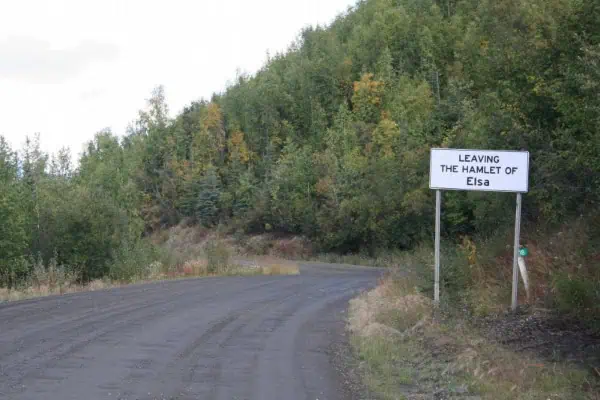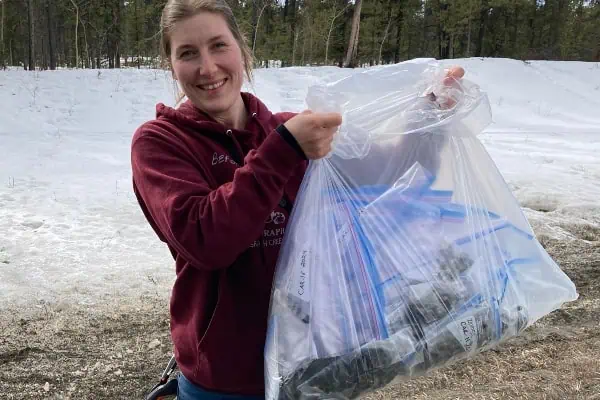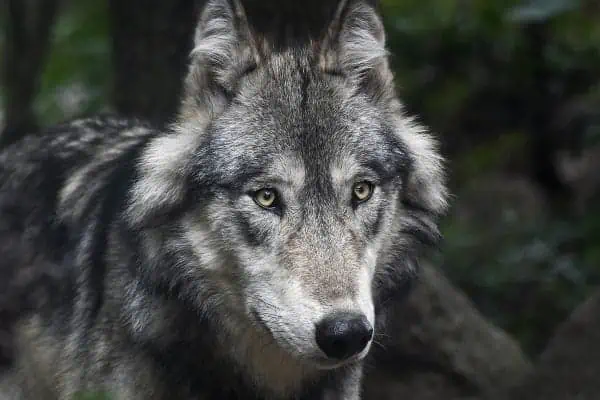A happy melodic song rings along the Yukon River below the dam, and you imagine it’s a pretty little bird singing in a tree. But it’s 10 below. Then you notice a small chubby bird, coloured like slate, sitting on boulders near the rushing water. Its body is bobbing up and down. It suddenly plunges into the frigid waves. With it goes that pretty song. Of the the hardy songbirds that winter in North America, the American dipper is the only species that dives and swims.
Found throughout western North America, it lives by fast-flowing streams and rivers.
On a recent Yukon Bird Club walk with expert Cameron Eckert, dippers are everywhere, showing off, as mermaids do, diving in and out of the water with ease.
“It’s crazy,” is how Eckert describes this songbird’s swimming skills. “It’s gorgeous,” he says of the dipper’s song.
Birder and artist Alyx Jones, also on the walk, is thrilled to see the dippers land close by. He says he prefers to call them (water) ouzels, another name for this species.
In Yukon summers, dippers will move higher up into alpine streams, but from October to May they enjoy open water in Whitehorse below the dam or at the McIntyre Creek wetlands.
It dives underwater by compressing the air from its wings, in search of tiny fish and invertebrates. Or it will walk down rocks into the water (unlike mermaids, it has two strong legs and toes for gripping).
Located mainly in southern Yukon, the American dipper has been seen as far north as the Firth River, according to the guidebook Birds of the Yukon Territory.
In the latest Checklist of Yukon Birds it’s listed as one of 43 species occurring here in winter.
And it’s a cheerful bird, despite its drab appearance.
“It sings all year round,” observes Eckert, though the full version of its song is heard only during spring mating season. (And listen for angry chatter as individuals chase each other, defending their riverside feeding areas.).
December 1st is the official start of winter birding, as our migrants have often left for hotter climes.
“Just because it is winter doesn’t mean you need to hang up your binoculars,” says Eckert.
Open water will host other water birds like ducks and mergansers.
Bird feeders offer the best chance to see forest birds from the comfort of home. Use black oil sunflower seeds, and keep your feeders filled and clean. The seeds will attract chickadees, redpolls, and grosbeaks; suet will entice red-breasted nuthatches.
You can now see increasingly large flocks of colourful bohemian waxwings wandering from mountain ash trees to berry bushes, gorging on the fruit. And expect to find more red crossbills after this year’s abundant cone crop.
Stay tuned for info on the popular Christmas Bird Count, held each year between Dec. 14 and Jan. 5 each year.
And if you want to hear a mermaid sing, you know where to go.




